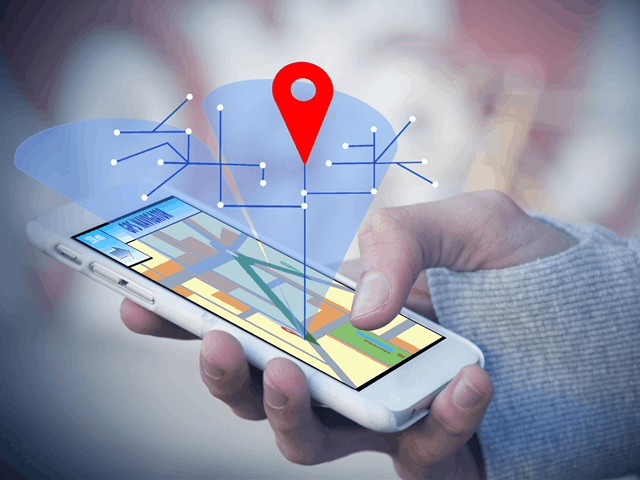Knowing company users’ locations is an essential component of data-driven business strategies.
Location data can help a #business define its market, improve targeted #marketing, and establish more efficient methods for reaching #customers. Click To TweetSome of the most common examples include eCommerce sites that need to include shipping costs and details, delivery services that cater to different areas, and websites that display variations of content based on location.

With the data-collection capabilities of modern technology, devices and browsers can generate location-specific information about users around the globe. There are different ways for companies to identify their users’ locations – the most common ones are geolocation APIs and IP addresses, which can also be combined to produce real-time and accurate user locations.
Geolocation
Geolocation is an estimate of a geographical location of a device obtained by identifying its coordinates and pinning them to a real-time address. It can only be obtained with permission from the device’s user.

If you fail to obtain a user’s permission to access their geolocation, you can also find it through their IP address. To do this, you can use IP geolocation lookup – a database that contains location-specific information like country, state, area code, longitude and latitude, and other information.
IP address stands for Internet Protocol Address – it is a unique number or label assigned to all technology devices that receive or transmit internet traffic. When a person accesses a website through their device, they can be identified based on their IP address such as 192.168.l.l. By mapping an IP address to geolocation, you can produce the real-time and accurate locations of your clients at all times.
Geolocation API
API stands for Application Programming Interface and is software that allows communication between applications. Consequently, a Geolocation API represents a high-level interface that allows a device to access geolocation information associated only with that device. The API provides a location and accuracy radius from the information about cell towers and WiFi nodes that the device can access.
As mentioned before, users have to allow their devices to access their physical location for the geolocation API to collect it. The feature is only available on secure servers (HTTPS).
Using A Geolocation API
To implement a geolocation API that will collect location data from your website’s visitors, you need to install a web extension or pay for API services. Before doing so, you should check whether the designated browser supports geolocation. Although all modern browsers except Opera mini support geolocation, it is always best to be sure.
Collecting Location Data From Website
Developers can access the Geolocation API with a geolocation function – this will tell the user’s browser or application to ask for permission to access the location data. If the user approves, the browser will find the best available functionality on the device and use it to access the information (ex. GPS).

Next, the developer will need to define the scope of the function. They can either:
- define a function so that it retrieves the device’s current location,
- or register a function that will automatically return an updated location every time the position of the device changes.
Prompting Users To Share Their Location
Location Sharing
You might encounter users who are reluctant to share their location information. To avoid this, you can adopt the following techniques:
- Transparency – Be open about the reasons behind your request. Explain why and how the data will be used, with a link to your privacy policy.
- Value – Users are more likely to share their location if the action brings value to them. Explain how enabling location services can help the customer get the best experience possible.
- Timeliness – Sending the location request as soon as the user opens the application can feel intrusive and might cause a reflex towards the “Don’t allow” option. Instead, wait until the user is interacting with a feature that requires or can be improved by location services so they can see how that option is beneficial for them.
If a user denies sharing their location with you, you can use their IP address for an IP geolocation lookup as another way to approximate their location.
Location Updates
While geolocation information can be highly accurate, it can be beneficial to collect updates on users’ locations to avoid errors. Provide a way for visitors to manually update their location if the one displayed is inaccurate. Certain eCommerce websites need to provide accurate shipping methods, currencies, and tax calculations, so they often disable the website until visitors select a location.
Final Words
Due to growing online interactions with their customers, modern companies have increased access to customer information to inform and enhance their services. A fundamental element of the customer puzzle is their physical location, which companies can track and obtain using straightforward methods.
Among the most popular ways to access users’ geolocation is through the use of Geolocation APIs, which rely on users’ permission, are highly accurate, and can be tracked in real-time. Another useful method is IP geolocation lookup, which sidesteps user approval by relying on IP address information.
It is important to ensure you have complete, accurate, and updated information when collecting location data. This is why you should remember to motivate your users to either share or update their data when interacting with the website.